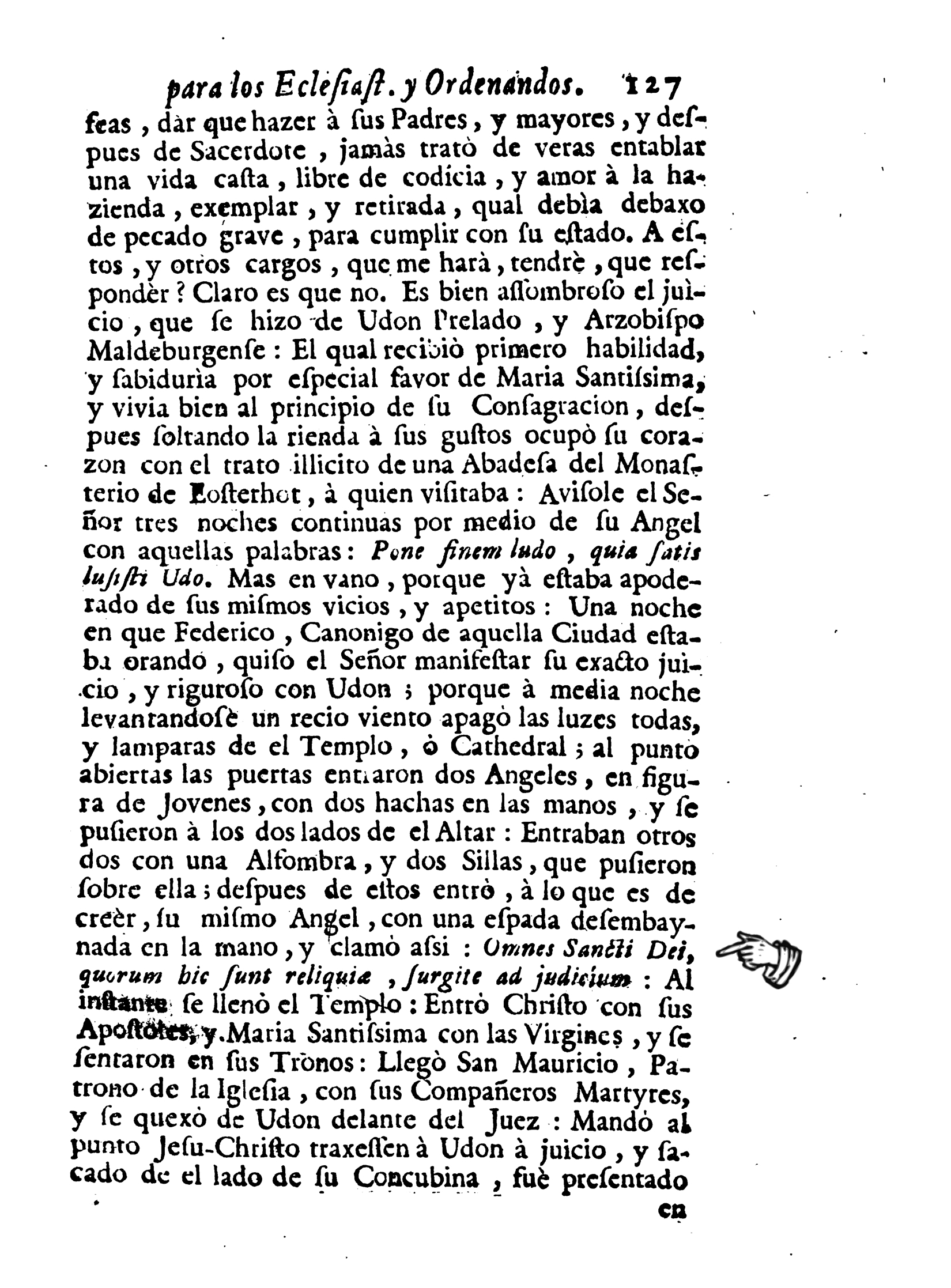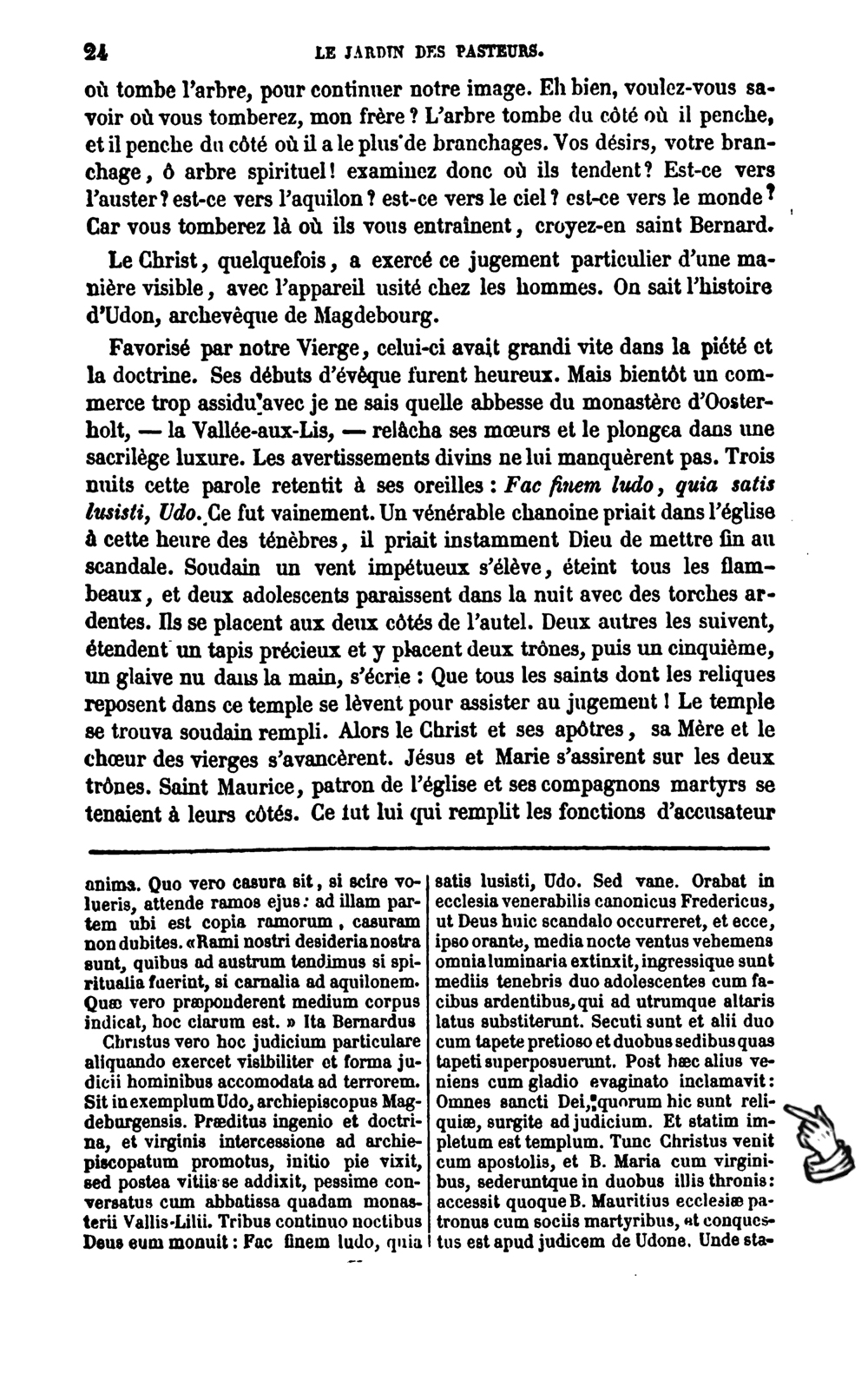http://books.google.fr/books?id=K_sz_9_ ... &q&f=false

You have to second guess the OCR in Google books searches sometimes to catch these (e.g. "f" for "s", "v" and "u" interchanged; and don't forget that in Latin books the OCR won't read the overstrokes that stand for a final "m" or other kinds of abbreviations and ligatures, so the final "m" in "judicium" (which can also be "iudicium") can be omitted (I found a few of those, but in the longer version of "venite ad judicium") - iudiciu.


